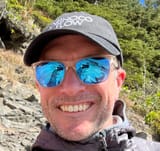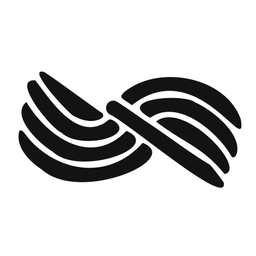Watersheds and watching flies
Zoom out to conserve, zoom in to observe, zoom over to the Grand Fir tonight to have a drink and a bite.
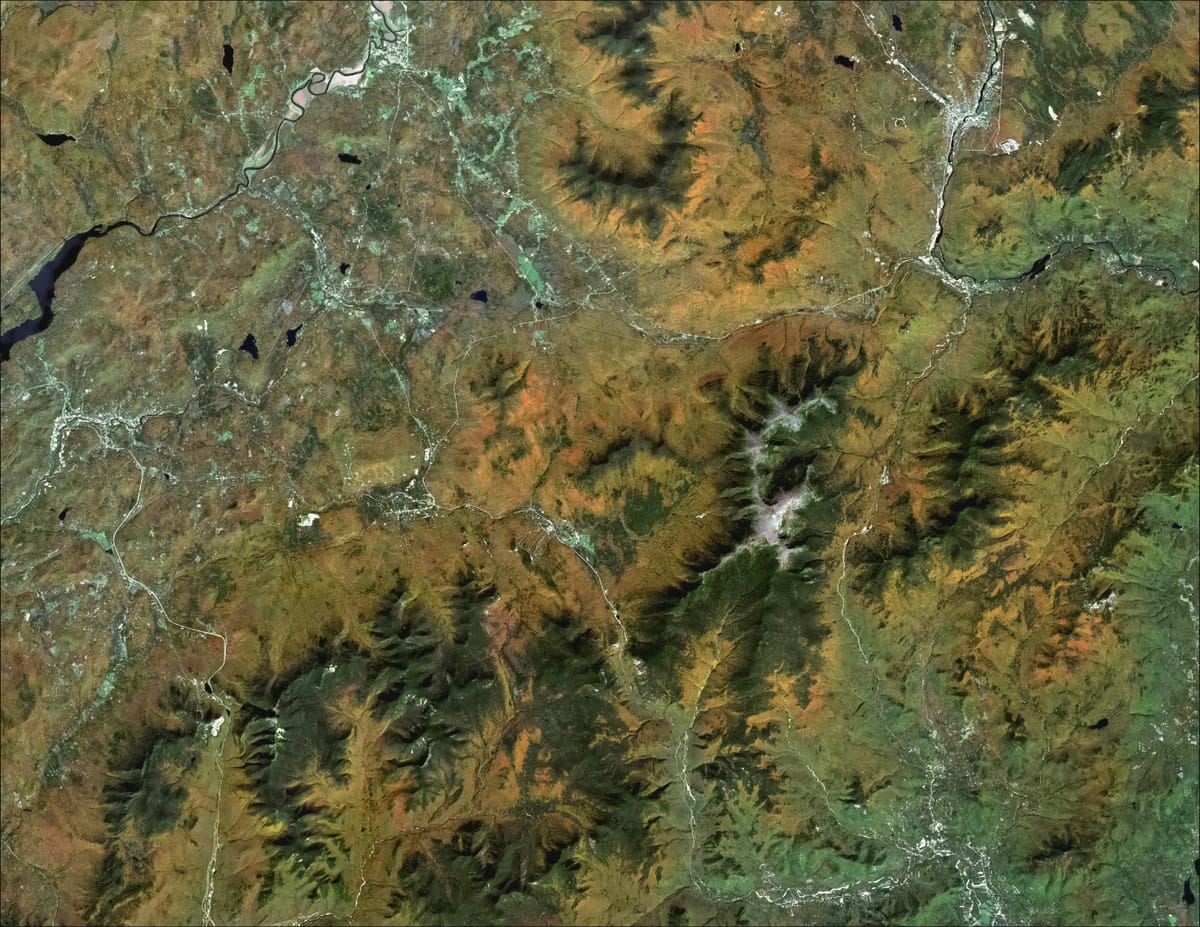
CFSers: We're in the midst of a cold snap here in the PNW, and all I can think about is getting out of winter. Summer trip planning, arranging and re-arranging gear, and tying flies to anticipate the thaw. Hope you're finding some pockets of warmth.
1️⃣ One main thing: Only two Maupin camp slots left!
While you plan your summer, pencil in the Maupin Meetup. If you haven't heard, class alums, CFS members and subscribers, and general fisher-folk will be gathering: May 29 - June 1.
I have a couple ideas for more slightly formal stuff (maybe a trout spey demo) but we're going to keep it "Yeah we'll be fishing around here today" casual, and trying to impress each other with camp cooking. We've got a couple more spaces if you're interested in joining the camping group. So get in touch before they're all spoken for.
2️⃣ PDX tonight: Royal Coachmen meetup
If you're looking for something fun to do this evening in Portland, a pretty cool group is getting together. Learn more about the Royal Coachmen hang below.
Thinking in watersheds
You've grounded yourself in the Big Here quiz, and identified your nearest watersheds.
What's next in the Environment pillar?
The next step is understanding and identifying various types of rivers, and how applicable they are to fly-fishing, be it for trout or other species.
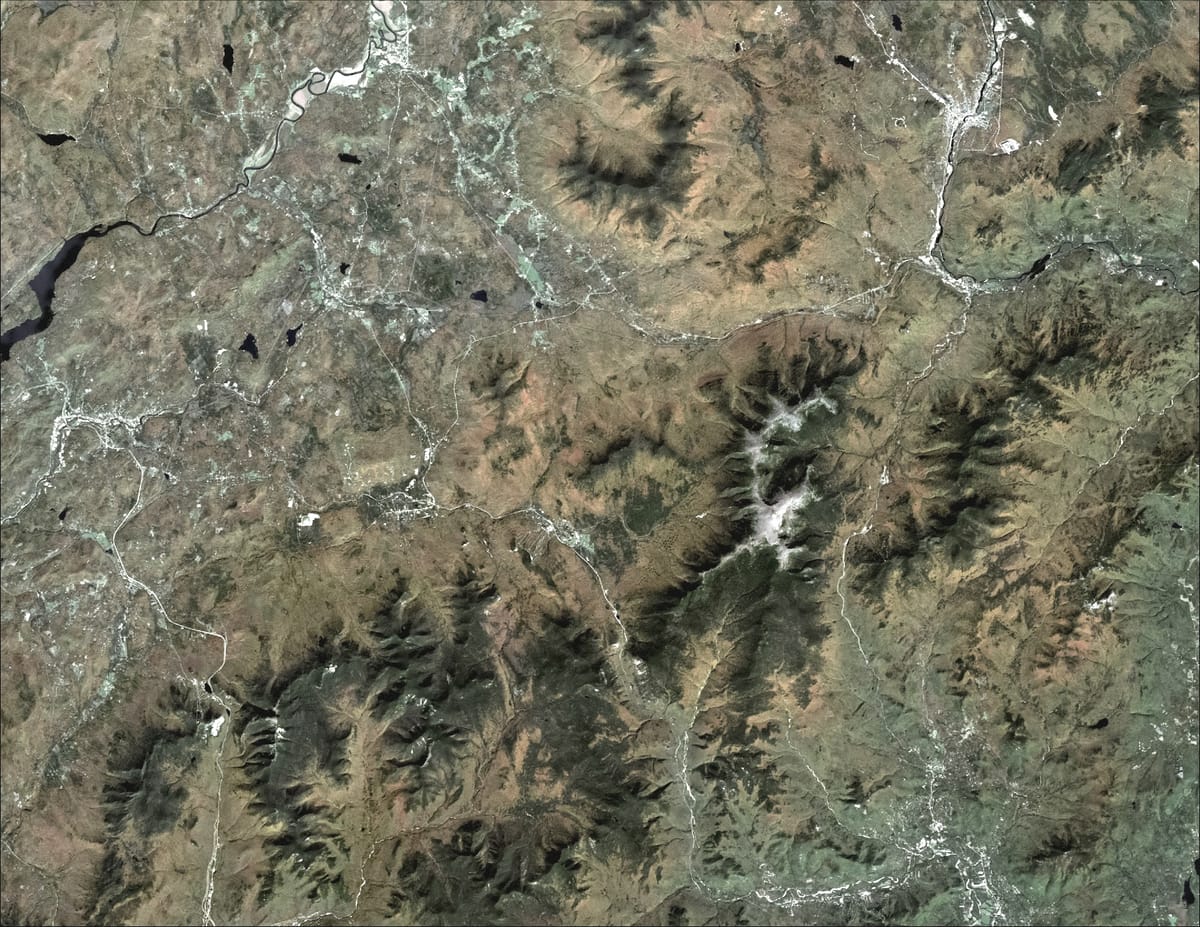
Knowing the composition of the watersheds you're interested in fishing can help you identify the right times of year to visit which streams, and the different types of fish you might find in each.
Read the whole Thinking in Watersheds article.
Fly-Q: 'I can cast OK, but now what?'
(n.b.: Playing around here with a little bit of a Q&A. There are no stupid questions, and as a beginner, asking what you feel might be obvious but isn't is part of the whole concept of not being afraid to look like an idiot.
In the interest of answering some questions that seem simple, but aren't, here's Fly-Q . For which I hope to come up with a more suitable name ASAP. Send any questions that you might have, or suggestions for a snappy Q&A column, to me here. (Please! I have a list of terrifying puns.)
Anyway, here we go:
I recently did a casting class to get my technique better, and I've been fishing with some buddies, but I have a lot to learn about taking the things I've read in a book or watched on YouTube and put that into a real context. That's where a lot of it starts to fall apart.
I feel confident enough to go to a spot where fish are, and get my line set up and get a fly on the water, but there's a lot of technique and thinking that I still have yet to achieve. It's a mental load issue, there's a lot of things to keep track of post-cast: getting excess line out of the water, following the pace of the water, tracking, is the fly moving too slow or too fast. Should I be tracking or lifting, to give more line? The truth is, a meaningful percentage of my mind was focused on getting that accurate cast out there, then this mental cliff of "what's next?" came and I was playing catch-up the whole time.
This is a great question, and to answer it, you need to ask yourself another broader question. Am I fishing?
You can describe all the things that happen between initiating a cast and having a fish on the hook "presentation". There's an awful lot to it, but many parts of presentation can be boiled down to that simple question.
More accurately than "Am I fishing?", you might ask "Is my fly in a position where it's imitating a natural insect, or moving in the way I want it to move, if it's a wet fly or a streamer?" Is my fly fishing?
Once you become adept, casting a fly rod is a much more natural "do-ing" than thinking effort. You'll have a great deal of muscle memory locked into loading and unloading the rod properly. As a beginner, you still have to think a lot to make a cast. And then comes the transition you describe. To thinking a lot about whatever comes next.
Presentation is coming back again and again to a game of adjustments. You're constantly making sure your fly is still fishing.
Here are a couple of key elements to be mindful of in keeping your fly working right. If you keep them in mind, you'll be focusing on the right things.
Know where your fly is
You should be tracking where on the water your fly is from the earliest possible opportunity. It's OK to use a larger-than-ideal fly for this as you get started, as you learn to track the cast as it unfurls and the fly as it drops, probably ungracefully at first, on the wayer.
The reason for this should be clear: once the fly has landed, you can catch a fish! Oftentimes, especially on small creeks, trout will hit a dry fly the second it lands.
Work to pick it out from amongst the flotsam and jetsam and reflections in the stream. If this is a challenge for you, pick up some flies with hi-vis or brightly-colored indicator posts. Sunglasses help as well.
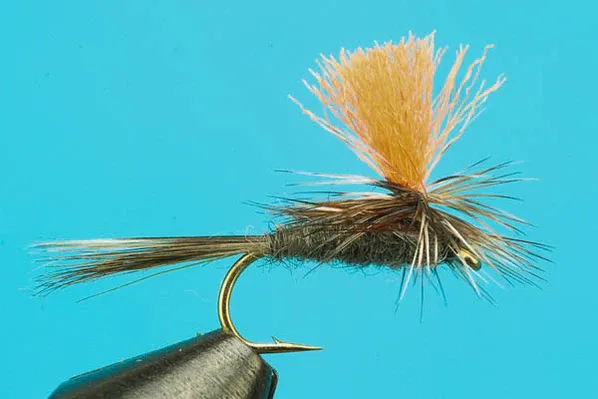
Note: Knowing where your fly is doesn't always mean you can see your fly. Any fly angler who says they can always see their fly is supernatural, or fishing very close-in. There's always a moment or two between when you cast and when you can make a definitive call as to where your fly is. Flies get lost in glare, foam, darkness, and among other natural flies. They disappear and reappear.
As you get better, and your eyes pick up context more effectively, that time of confusion gets narrower. Eventually, you might not be able to detect your fly, but you'll set the hook when you see a flash or hear a splash in the vicinity of where you think your fly is. That's fun.
Similarly, with indicators, or nymphs, you should try to visualize what zone of the river the fly is in, how deep it's drifting, and what underwater stuff it's drifting past. You can use any micro-movements of the indicator or sighter as an excuse to set the hook.
Visually tracking your fly is key to unlocking most aspects of presentation. You cannot set the hook effectively unless you're able to track where the fly is. Stay alert and aware and use all your senses.
Keep track of your rod tip
Another transition-to-presentation key is knowing where your rod tip is. The goal here is to avoid adding any unintended artificial motion to the fly.
Fly rods are very sensitive instruments. If you recall from learning to cast, the fly line, and fly, follow the rod tip. Similarly, when the fly is on the water, any big moves with the rod, and the rod tip tip can pull the fly out of its intended drag-free drift.
So, once you complete your cast, stay aware of the rod tip. It's a proxy for your overall rod movement. Are you raising it slowly and smoothly as the fly comes toward you, as you draw line in with your off-hand, to reduce slack on the water? Great. Are you lowering it your tip slowly and smoothly to introduce a little more slack into the system? Great. Are you waving it around as if you're conducting Tchaikovsky's "1812 Overture"? Not great.
George Daniel suggests nymph anglers, "lock in and lead," meaning once your cast lands and the nymph sinks to the desired depth, the angler maintains their proper angle with the rod as they move the fly through the drift, pivoting their body downstream.
This isn't to say you stand still like a statue. You should be constantly moving, tracking the fly as it fishes, but maintaining control over where your rod tip is, and, subsequently, how you're manipulating the rod.
Cultivating readiness in presentation
These two elementary pieces—watching the fly, and knowing where your rod tip is—can prepare you to execute the more advanced parts of presentation: setting the hook and mending.
There are really only a couple different outcomes once you've got your fly on the water, and it's fishing properly.
There's room in the drift, but the fly is starting to drag.
Mend.
The fly's at the end of the drift.
Re-cast.
The fly is sinking before it's dragging.
Dry it off and re-apply floatant.
I can't see the fly any more.
Set the hook!!!
We'll talk more about mending, setting the hook, and drying your fly off at a later stage.
Focus first on seeing the fly, and next on being aware of what your rod tip is doing, and you'll simplify that transition-to-presentation stage from cast to drift.
Tonight in PDX: Royal Coachmen 2025 meetup
Chef Doug Adams and Red Truck Fly Fishing Company owner James Park have been doing their Royal Coachmen events for a few years now. I've always heard they were a blast, but schedules have never lined up. Until now!
Tonight, at 6pm at Grand Fir brewing on SE Stark, the group is hosting an open house of sorts. There'll be plenty of fishy folks in attendance, and likely some fun announcements. Come through!
